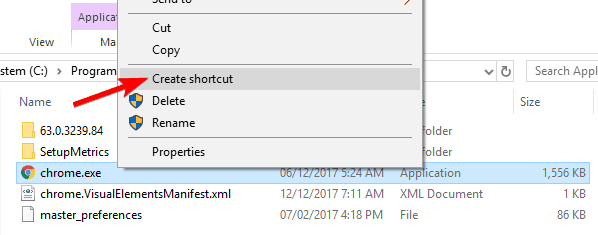

Then select “Show hidden files and folders” or “Show hidden files, folders or drive options” in Advanced Settings. To find them go to the Control Panel and open Folder Options and then click the View tab.
#CTRL SHORTCUTS NOT WORKING WINDOWS 7 WINDOWS 7#
To do so: On Windows 7 and above the preference files are hidden. If this works great but if it doesn’t you may have to manually delete them. There have been some recent reports that the window asking if you want to reset is not popping up but that the prefs are being reset anyway.
#CTRL SHORTCUTS NOT WORKING WINDOWS 7 PC#
When InDesign is next launched it will create new preference files and the program will be restored to its defaults.įor Windows Users: You can try the quick way of resetting on a PC which is to hold down Ctrl + Alt + Shift when launching InDesign and respond affirmatively when asked if you want to reset. Within the Library folder find the folder called Preferences and within it find the folder called “Adobe InDesign” and the file called “” and delete both that folder and that file. “Library” will now appear within the Home folder. With the Option Key pressed choose Library from the Finder Go Menu. With this window in column view follow the path User>Home folder (it’s the folder with an icon that looks like a house-it may have the user’s name rather than “Home”) and click on the Home folder. To access it make sure that InDesign is closed and click on the desktop to launch a Finder Window (Command-N). This will restore your InDesign to its default settings but it will, hopefully fix the problem.įor Macintosh Users: The User Library folder in which InDesign’s preferences are stored is hidden by default on most Macintoshes. If when you launch InDesign in this manner the problem still persists then you may need to reset your InDesign preferences. If the shortcuts then work then you will have to launch any other applications one at a time to see which one(s) may have conflicting key command shortcuts. If you have any keyboard shortcuts that we haven’t covered here, please either share it in the comments or write us in email.Reboot your computer and launch only InDesign. For example, if you are browsing this website in Internet Explorer, pressing F3 would opens up the Find toolbar right at the top of the page. When you are in any applications that have search function, pressing F3 brings up the search box of the application you are in at the moment. When no window was open, pressing F3 key brings up Windows Search window with the cursor automatically focuses on the search textbox.

It doesn’t seem to be that useful in Windows 7 but again it might be a life saver when you don’t have the control to your mouse. It opens up the windows system menu, a menu that lets you control the basic windows behavior, like minimize, maximize, move, resize, and close. This is another time saving trick for me, hopefully to you too. It opens up Windows Task Manager like below, which I normally use Ctrl+Alt+Shift and Task manager to open it. Because I am opening this system property window quite often throughout my day it’s going to benefit me quite a bit. It opens up System Property window like below, which is equivalent to Right-click My Computer and choose Properties. It may not be that useful but it does if you don’t have the mouse in control to move your cursor around the desktop. Then, pressing Space/Enter key shows up the all hidden running program icons. It’s similar to move your cursor over to the system tray, start with that up arrow that hides all the running icons. Do you know you can actually use Windows + Shift + Left/Right key to toggle the window between monitors directly with the same size and location? Give it a try. You know you can use Windows Key + Left/Right to flipping a window through multiple screens with different snapping positions. WINDOWS KEY + Shift + Left/Right Arrow Key Same as you move your mouse to your left bottom corner to peek through to your desktop. Get bored to minimize all your 15 open windows just to see what’s on your desktop? Just press Windows Key + Spacebar to make all those 15 open windows transparent. WINDOWS KEY + Homeįeel your screen is too cluttered with so many windows open? Press Windows Key + Home to minimize every window, except the one you are current working on. So here there are, another 5 keyboard shortcuts that we may not know existed. It seems that it never feels enough to learn more of them.


 0 kommentar(er)
0 kommentar(er)
